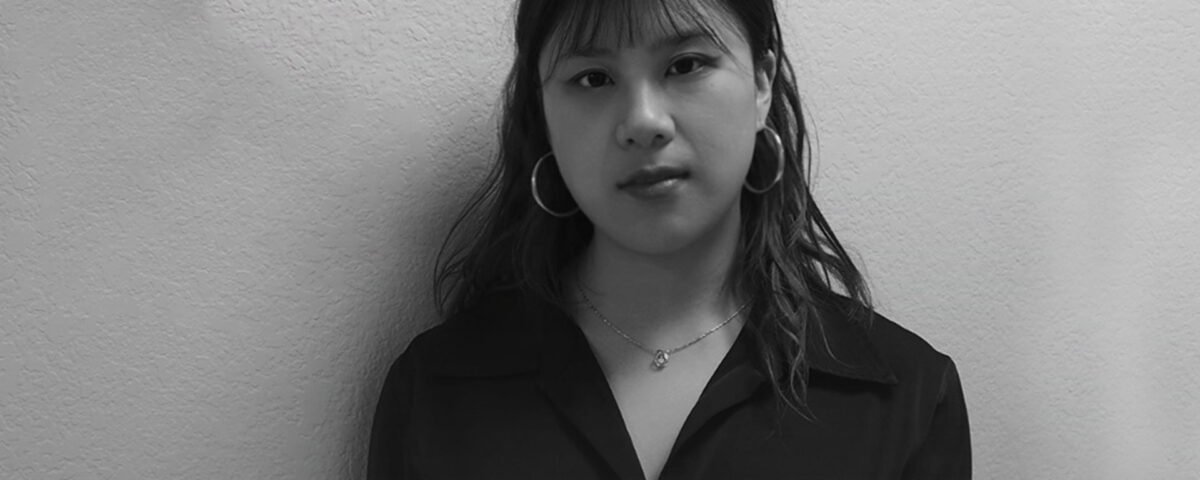
Chia Chia Lin on the Heart Behind HokuCare
September 9, 2025
The Story of XIONGDA Smart Delivery Robot with Yuanhua Zou of WanDechang Innovation Intelligence
September 9, 2025Xinyu Yu
Xinyu Yu is a designer whose journey began with a passion for art and evolved into a pursuit of architecture that unites creativity, sustainability, and human experience. Her work seeks to balance functionality with poetic expression, crafting spaces that respond to environmental challenges while honoring the emotional and social needs of communities.
My journey in design began with a deep love for art. From a young age, I studied painting and creative expression, which sparked my desire to bring art into everyday life. This passion led me to pursue Interior Design at Pratt Institute, where I discovered how design can shape human living experiences.
During my graduate studies in Environmental Building Design at the University of Pennsylvania, I expanded this vision by exploring how contemporary architecture can address climate challenges through sustainability and innovation. These experiences together inspired me to create work that is not only functional but also poetic, human-centered, and environmentally responsible.
Experimentation allows me to translate artistic sensibilities into measurable design performance. My background in fine art trained me to pay attention to subtle qualities like light, texture, and rhythm. In this project, I treated the façade not only as an environmental buffer but also as a canvas.
By physically prototyping panels and analyzing them with infrared imaging, I was able to test how an aesthetic decision, such as pattern density or surface depth, could directly influence solar gain and cooling efficiency. This process showed me that creative expression and scientific rigor are not opposites, but can actually amplify each other to achieve outstanding results.
The most unusual source of inspiration came from a local documentary about a fishing village. What struck me deeply was how the fishermen often spend months at sea, leaving their families behind. I felt concerned about the elderly who were left without proper care, especially in a community facing aging demographics and the rising challenge of Alzheimer’s disease.
That emotional response inspired me to design a senior care facility specifically for the “left-behind” elderly, addressing not only functional needs but also the social and emotional gaps within the community.
The design process is often seen as a simple sequence, but in reality it is a conversation between ideas and real world needs. I usually begin by imagining the mood of a space, asking how it should make people feel, before shaping its function. Then I work with materials, light, and scale to turn that feeling into something people can actually experience.
At the same time, I test these ideas against practical goals like energy use, comfort, and sustainability. What makes my work unique is this back-and-forth between creativity and practicality, which helps me create spaces that feel inspiring while also lasting and responsible.
Since this project is a conceptual design, I envisioned the elderly villagers as my true clients. For me, design is not only about meeting practical expectations but also about imagining a more poetic and dignified future for them. Navigating this balance means translating their unspoken needs, such as care, memory, and belonging, into concrete spatial experiences, while also allowing my artistic background to guide the atmosphere and emotional depth of the design.
In this way, the project becomes both functional and symbolic: it addresses their immediate realities while also offering a vision of what their lives could grow into.
One of the major challenges was bridging the gap between narrative research and technical performance. The story of the fishing village and its aging residents was deeply compelling, but translating that human context into a sustainable, high-performing design was not straightforward. I addressed this by experimenting with facade prototypes, using infrared imaging to test thermal behavior, and running simulations to measure solar gain and cooling loads.
This process allowed the design to move beyond abstract ideas into verifiable strategies, proving that architecture can be both emotionally grounded and environmentally innovative.
My work is grounded in empathy and shaped by the intersections of culture, art, and architecture. Having experienced life across different contexts, I have developed a heightened awareness of the invisible needs of communities, especially those who are often overlooked.
These values drive me to design with both sensitivity and vision, creating spaces that are not only sustainable and efficient, but also emotionally resonant, dignified, and transformative. I believe that true design excellence lies in its ability to honor human stories while addressing future challenges.
It would be Paul Rudolph. I admire how he pushed the boundaries of modernism with bold forms, layered spaces, and a strong sensitivity to structure and light. His ability to balance monumentality with human experience is something I deeply respect. I share a similar interest in creating designs that go beyond function to address the emotional and social needs of people.
In my own work, such as conceptual projects exploring community care, I strive to bring that same level of depth and humanity into architecture. Collaborating with Rudolph would be an opportunity to combine his visionary structural approach with my focus on social narratives, creating spaces that are both powerful and deeply meaningful.
Xinyu Yu
Xinyu Yu is a designer whose journey began with a passion for art and evolved into a pursuit of architecture that unites creativity, sustainability, and human experience. Her work seeks to balance functionality with poetic expression, crafting spaces that respond to environmental challenges while honoring the emotional and social needs of communities.
Explore another journey of Chia Chia Lin, the Gold Winner of the 2025 MUSE Design Awards. Chia transforms an early love for design into a practice that weaves empathy, emotion, and social impact into meaningful spaces that connect and inspire.






